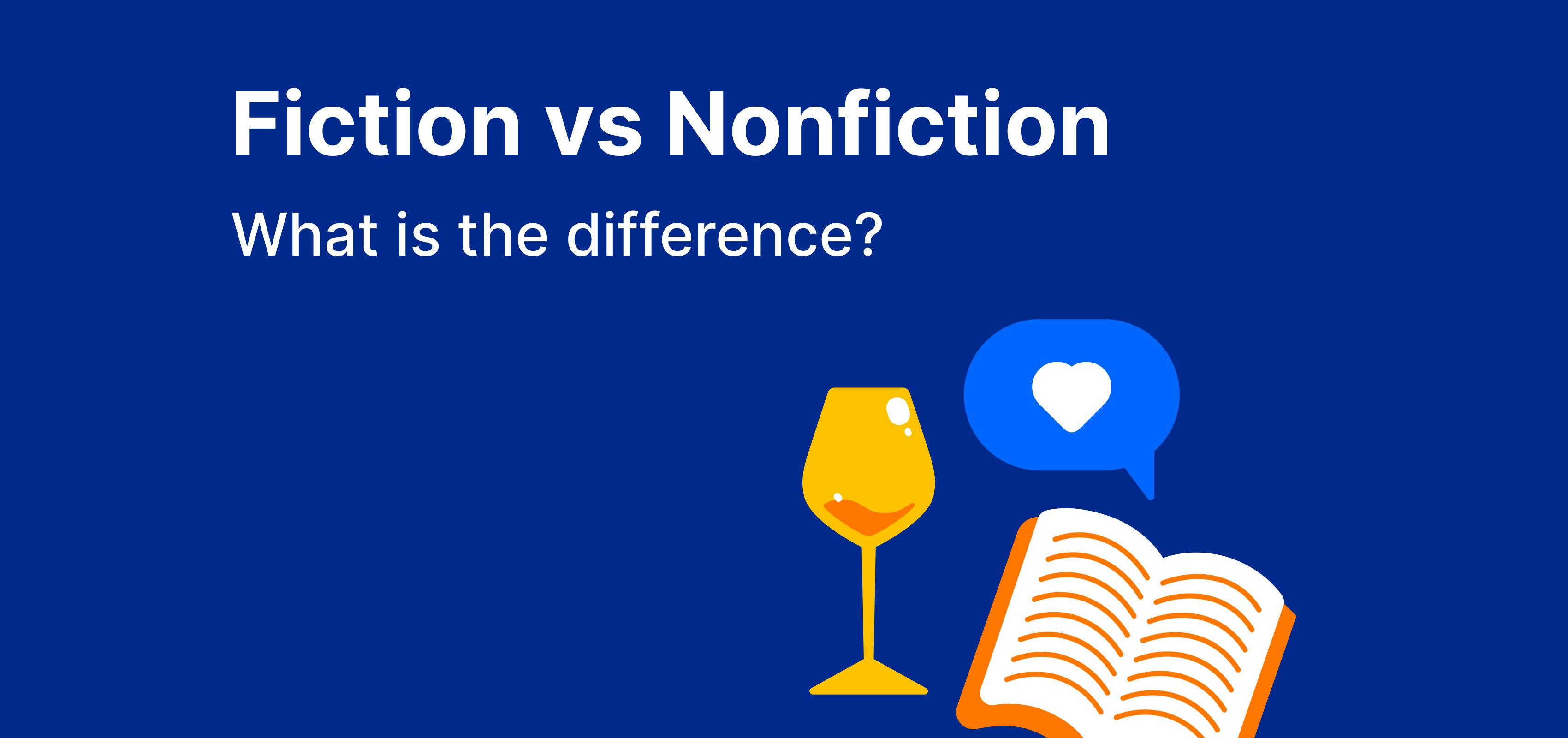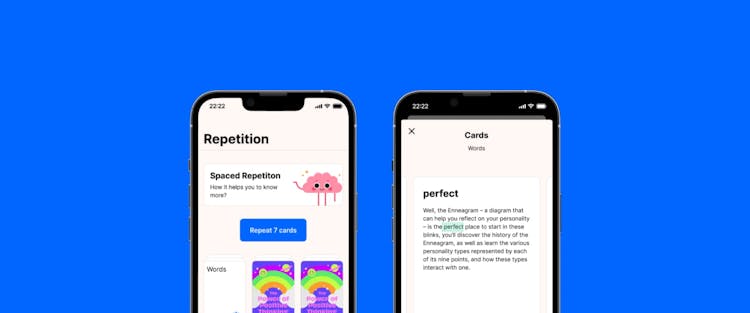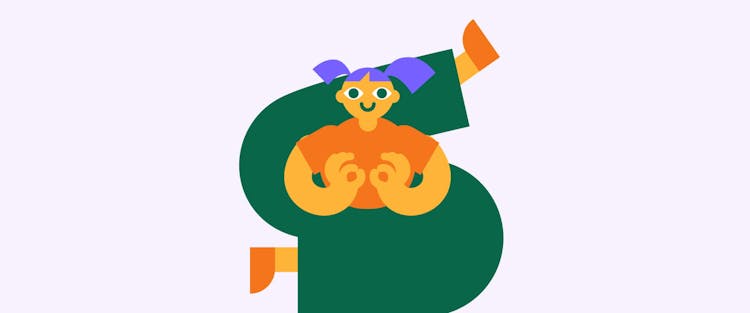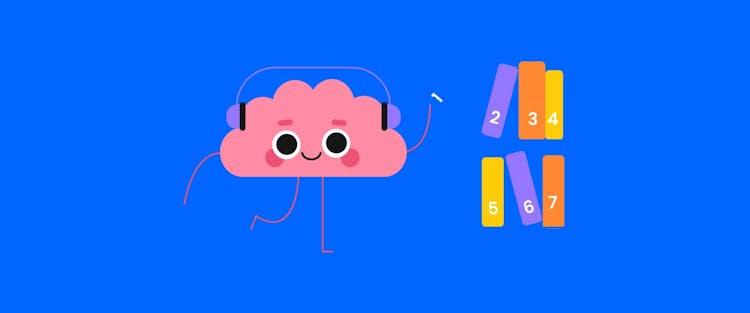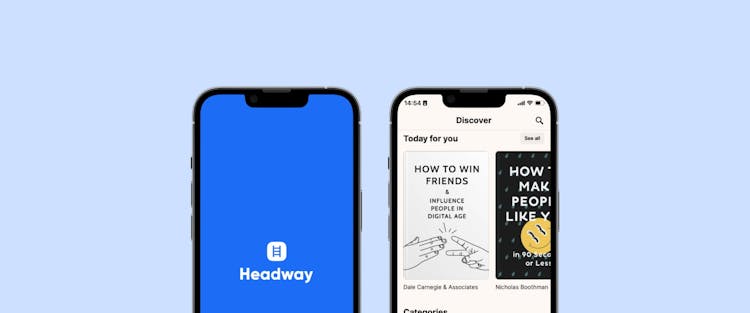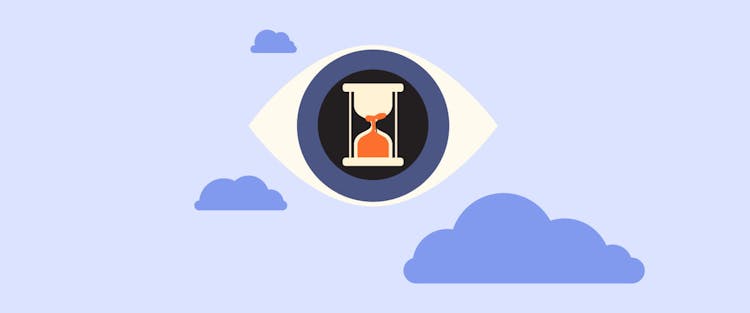In the realm of literature, fiction vs. nonfiction stand as two distinct and fascinating categories. Each offering unique experiences, they cater to readers' diverse interests and preferences. But what sets them apart, and how can we, as readers and writers, navigate the captivating world of stories and information? Grab a cup of tea and join us as we uncover the essential differences between fiction vs. nonfiction, explore their varied genres, and delve into the writing techniques that bring these works to life.
Key takeaways
Fiction and nonfiction are differentiated by the source of their stories, with fiction books being imaginary and nonfiction books based on facts.
Writers use creative techniques like characterization, plot development, setting to create captivating stories in both genres.
People's reading preferences between fiction and nonfiction depend on individual interests & needs. Finding your unique voice is key for successful writing!
Distinguishing fiction and nonfiction

When it comes to literature, the divide between fiction and nonfiction lies in the foundation of their stories. While fiction allows authors to create imaginary worlds and characters, nonfiction focuses on presenting factual information and real-life experiences.
This distinction is fundamental, shaping the purpose and techniques authors use in each genre.
What are the characteristics of fiction books?
Fiction is a playground for the imagination, offering readers a chance to explore alternate realities, themes, and perspectives. From literary fiction to science fiction, mystery, and romance, each genre presents its own unique characteristics and themes.
Fiction writers who write fiction craft intriguing plots, complex characters, and vivid settings in their fiction novels, transporting readers to new and exciting worlds, while also provoking thought and introspection through their fiction writing.
The сore of nonfiction books
In contrast, nonfiction is grounded in reality, presenting true events, real people, and accurate information. Nonfiction writers focus on providing readers with knowledge, solutions, and insights into various aspects of life, from history and science to self-help and personal development, through nonfiction writing in the form of nonfiction stories.
Nonfiction authors, who contribute to the vast world of nonfiction literature, utilize literary devices such as imagery and metaphor to enrich the reader's experience, all while preserving factual accuracy and impartiality.
Fiction genres: A colorful spectrum

The world of fiction books is vast and varied, encompassing a multitude of genres and subgenres. Each genre offers a unique reading experience, allowing readers to explore different themes, settings, and character dynamics. From the futuristic landscapes of science fiction to the passionate relationships of romance novels, fiction caters to a wide range of interests and preferences.
Take historical fiction, for example, it takes readers back in time by seamlessly integrating real events and personalities into stories that encapsulate the ambiance and culture of the depicted eras. Meanwhile, literary fiction delves into the complexities of human nature, focusing on character development, psychological depth, and inventive writing styles. With such a colorful spectrum of genres, fiction provides readers with endless opportunities for entertainment and emotional engagement.
List of fiction genres
Fiction unfolds like a vast night sky, each genre a star guiding us to new adventures. Whether it's the thrill of a mystery or the warmth of a romance, these literary genres form a rich tapestry where imagination crafts endless stories. Amongst the popular categories, we find:
Mystery: Page-turners that keep readers speculating to the last word;
Romance: Enthralling and fervent narratives that stir emotions;
Thriller: Intense episodes brimming with suspense that clutch at your attention;
Fantasy: Journeys through fantastic realms abundant with enchantment and mythical beings;
Fairy tales: Enchanted narratives blending magic with morals, captivating hearts with tales of triumph and transformation;
Science fiction: Visions of potential futures coupled with revolutionary technology stretching our creative capacity;
Crime: Gritty examinations into society’s shadows paired with quests for justice;
Horror: Tales designed to evoke deep-seated dread and chill one’s spine.
Note that fiction doesn’t confine itself within conventional boundaries. It also reaches out to peculiar niches including subgenres such as:
Bizarro fiction which celebrates all things weird;
Nordic Noir woven with ethical ambiguities;
The lavish tapestry drawn by historical fiction;
Solarpunk’s vision which is laced with green futuristic hopefulness.
Moving from the wide array of genres, we come to what truly makes a fiction book stand out. It's all about the key elements that pull us into a story, no matter its type. Let's look at what these important parts are.
Elements of a great fiction book
What makes a great fiction book? A memorable story hinges on a few critical components. A captivating beginning draws readers in, and believable characters make them stay. The narrative must be engaging, with high stakes and clever plot twists that keep the pages turning. The author's unique voice and authentic dialogue give life to the story and its inhabitants.
Key elements of great fiction stories:
Engaging opening that captures the reader's interest;
Well-developed characters with distinct personalities;
A compelling and coherent storyline;
Tension and conflict building throughout the book;
Plot twists that surprise and delight the reader;
Unique authorial voice and style;
Authentic and character-specific dialogue.
These elements work together to create a fiction book that's hard to put down, one that stays with readers long after they've finished reading.
Benefits of reading fiction literature
This genre offers a gateway to stretch our cognitive horizons, enabling innovation in how we think. The habitual indulgence in reading fiction doesn’t merely bring delight. It enriches us personally by expanding our vocabulary and granting us deeper insights into various dialects and forms of expression. And not just that. So, let’s dive in and explore what other benefits reading fiction offers to its readers.
Increased empathy.
Habitual reading of fiction enhances readers' empathy and understanding of others. A study published in the journal Science found that literary fiction, in particular, improves readers' ability to understand what others are thinking and feeling, which can lead to better interpersonal relationships.Improve mental flexibility.
Reading fiction can increase mental flexibility, allowing readers to entertain new ideas and perspectives. This cognitive flexibility is linked to creative thinking and problem-solving skills.Better imagination.
It is known that reading fiction fosters imagination and creativity in readers. By exposing readers to diverse settings, characters, and plots, fiction encourages creative thinking and the ability to come up with new ideas and creative solutions.Reduced stress.
Reading fiction, with its twisted plots and enthralling stories, can be a powerful form of escapism and stress relief. According to a study by the University of Sussex, reading for just six minutes can reduce stress levels by more than two-thirds, making it more effective than listening to music or going for a walk.
Nonfiction categories: Informative and diverse

Nonfiction, on the other hand, spans a broad array of categories, each serving a specific purpose and audience. From biographies and memoirs to self-help books and informative texts, nonfiction offers a wealth of knowledge and insights into the world around us. These works serve not just as informative and educational resources but also as sources of:
empowerment
overcoming obstacles
fostering personal and professional growth
Some of the more popular nonfiction book subgenres include history books, which provide readers with a comprehensive understanding of past events and their impact on the present, and self-help books, which offer practical advice and strategies for personal development and problem-solving.
No matter the topic, the goal of a nonfiction book is to deliver precise and trustworthy information, proving its worth for readers in pursuit of knowledge and comprehension.
List of nonfiction literary genres
Within the broad realm of nonfiction, there is a genre to pique the curiosity and fulfill the informational needs of every reader. Among these genres, some particularly stand out.
Popular science.
This genre demystifies complex scientific concepts for the general public, making them accessible and engaging. Notable examples include "A Short History of Nearly Everything" by Bill Bryson and "Astrophysics for People in a Hurry" by Neil deGrasse Tyson.Biographies and autobiographies.
These works explore individuals' lives, with biographies written by someone other than the subject and autobiographies penned by the subjects themselves. Famous examples include "Long Walk to Freedom" by Nelson Mandela for autobiography and various prominent biographies on historical figures.Memoirs.
Focusing on specific experiences or periods in the author's life, memoirs offer a more intimate look at personal stories and events. "The Storyteller: Tales of Life and Music" by Dave Grohl is a notable example.Travel writing.
Encompassing travel guides and personal travel experiences, this genre takes readers on journeys to new places through the written word. Examples range from "Eat Pray Love" by Elizabeth Gilbert to various travel guides by authors like Arthur Frommer and Rick Steves.Self-help.
Aimed at personal development and problem-solving, self-help books offer guidance on a wide array of topics from personal finance to lifestyle changes. Classics in this genre include "Rich Dad, Poor Dad" by Robert T. Kiyosaki and "The Subtle Art of Not Giving a F*ck" by Mark Manson.Philosophy.
This genre involves the exploration of fundamental questions about life, ethics, and human nature, making complex philosophical ideas more accessible to a broader audience. Works by philosophers like Bertrand Russell and Thomas Nagel are key examples.Religion and spirituality.
Books in this genre cover a vast array of beliefs, practices, and theological studies, from firsthand spiritual experiences to academic studies in theology, such as "Mere Christianity" by C.S. Lewis.Business and economics.
Covering topics from entrepreneurship to economic theories, this genre includes guides, case studies, and analyses of economic principles and practices. "Profit First" by Mike Michalowicz and "The Big Short" by Michael Lewis are examples of books in this category.Health and wellness.
This genre focuses on physical and mental well-being, offering advice on topics like diet, exercise, and mental health practices. "Lifespan" by David Sinclair and "This Is Your Brain on Food" by Uma Naidoo are notable health and wellness books.
Nonfiction covers anything from personal memoirs to reflective insights into philosophy, offering something to every reader's taste. But why should you read nonfiction, you might be asking? We’ve analyzed the benefits of nonfiction literature and brought you our data-backed conclusions.
Benefits of reading nonfiction literature
Reading nonfiction offers several data-backed benefits that can enrich your knowledge and skills in various ways:
Enhanced critical thinking.
Reading a nonfiction text every so often requires you to validate the information, analyze it, and draw conclusions, stimulating a more analytical approach to processing data. This skill is particularly useful for discerning the reliability of information in today's digital age.Improved writing skills.
Reading and, therefore, being exposed to well-written nonfiction literature can also improve your writing style and skills. As a result, you are also likely to see a significant improvement in your communication skills.Increased motivation.
Reading about real-life achievements and the challenges others have overcome can be incredibly motivating. Nonfiction often provides actionable insights and life lessons from individuals who have made significant contributions or faced considerable adversity, offering valuable perspectives on persistence and success.
Examples of fiction and nonfiction books
As we explore different types of literature, it's intriguing to see how each type of book offers a unique window into different worlds. Let's take a closer look at some examples of fiction and nonfiction books, showcasing the diverse experiences they offer.
Some examples of fiction books include:
"To Kill a Mockingbird" by Harper Lee
"The Great Gatsby" by F. Scott Fitzgerald
"Harry Potter" series by J.K. Rowling
"The Lord of the Rings" series by J.R.R. Tolkien
These books take readers on a journey through imaginary worlds filled with characters and events crafted from the authors' creativity.
Examples of nonfiction books include:
"A Brief History of Time" by Stephen Hawking
"The Diary of a Young Girl" by Anne Frank
"Sapiens: A Brief History of Humankind" by Yuval Noah Harari
"Quiet: The Power of Introverts in a World That Can't Stop Talking" by Susan Cain
"Educated" by Tara Westover
These books provide factual information and real-life experiences, offering readers insights into various aspects of life and the world around us.
Writing techniques: Fiction vs. nonfiction

While fiction and nonfiction may differ in their core elements, both genres employ various writing techniques to craft engaging and compelling stories. From characterization and plot development to setting and descriptive language, writers in both categories utilize literary tools and strategies to enhance their readers' experience and keep them hooked from beginning to end.
Authors utilize these techniques to generate vibrant imagery, create suspense, and captivate the readers.
Characterization: Crafting believable personalities
In fiction, characterization involves creating relatable, complex, and multi-dimensional fictional characters that resonate with readers. Writers weave intricate personalities, motivations, and goals into their characters, ensuring consistency and avoiding stereotypes to make them believable and engaging.
Nonfiction, alternatively, necessitates an objective portrayal of real individuals, prioritizing accuracy and impartial depictions. Nonfiction writers rely on research, interviews, and primary sources to ensure a faithful representation of their subjects while still imbuing them with depth and humanity.
Structure and plot: Shaping engaging narratives

Fiction employs plot and structure to captivate readers, weaving tension, conflict, and surprises into a satisfying conclusion. Writers craft intricate storylines that keep readers on the edge of their seats, wondering what will happen next and how the characters will overcome their challenges.
In contrast, nonfiction arranges real-world events into a coherent narrative, typically following a linear structure to present accurate information and real-life experiences. Nonfiction writers must balance factual accuracy with engaging storytelling, ensuring that their work remains informative while still holding the reader's interest.
Setting: Building immersive worlds
Setting plays a crucial role in both fiction and nonfiction, establishing the backdrop against which stories unfold. In fiction, writers create vivid, detailed, and unique worlds that immerse readers in a different time and place. These settings not only evoke atmosphere and mood, but also provide context for character interactions and plot developments.
In contrast, nonfiction settings demand a factual depiction of actual locations and contexts, with real-life events serving as the foundation for their narratives. Writers must conduct thorough research to ensure that their descriptions of places, events, and cultural nuances are true to life, allowing readers to gain a deeper understanding of the subject matter.
Creative nonfiction: Blending fact and imagination

Creative nonfiction is a fascinating genre that bridges the gap between fiction and nonfiction, combining factual accuracy with imaginative storytelling. Works of creative nonfiction, such as narrative nonfiction and memoirs, exemplify how creative nonfiction blurs the line between the two categories as they delve into true events and real people while employing literary techniques typically associated with fiction.
This unique storytelling approach empowers authors to probe the emotional truth behind their subjects without compromising factual accuracy. Creative nonfiction challenges the notion that fiction and nonfiction are mutually exclusive, demonstrating that captivating stories can be drawn from both the realm of imagination and the complexities of reality.
Reading preferences: Why people choose fiction or nonfiction

Reading preferences vary widely among individuals. Some are attracted to the emotional engagement and amusement fiction brings, while others are in search of knowledge, solutions, and personal development offered by nonfiction. These preferences often reflect a reader's interests, goals, and emotional needs, as well as the specific genres and subgenres that resonate most with them.
For instance, those who enjoy escaping into the imaginative worlds of fiction may be drawn to genres like science fiction, romance, or historical fiction, each offering a unique experience and emotional journey. Conversely, readers who prefer nonfiction may gravitate towards history books, self-help guides, or informative texts, seeking to expand their knowledge and understanding of the world around them.
Ultimately, the choice between fiction vs nonfiction is deeply personal and subjective, being shaped by a reader's individual tastes and aspirations. By exploring both categories, readers can broaden their horizons, discover new perspectives, and deepen their appreciation for the rich tapestry of human experience that both fiction and nonfiction offer.
Writing fiction vs. nonfiction: Finding your voice

For emerging authors, the choice between fiction and nonfiction can pose a challenging decision. This choice is influenced by factors such as passion, goals, and target audience, as well as the unique opportunities for self-expression and storytelling presented by each genre. Writers must consider their strengths, interests, and the stories they wish to tell, whether drawn from the depths of their imagination or rooted in the experiences of real life.
No matter the chosen path, discovering one's unique voice and refining writing skills remains the cornerstone of successful writing. By experimenting with different genres, styles, and techniques, writers can determine which form of storytelling resonates most with them and their readers, ultimately carving out their niche in the world of literature.
Summary
In conclusion, the worlds of fiction vs. nonfiction offer readers and writers a vast array of experiences, opportunities, and insights. Whether exploring imaginative realms of fiction or delving into the complexities of reality in nonfiction, literature serves as a powerful medium for self-expression, storytelling, and personal growth. As we journey through the captivating landscape of fiction vs. nonfiction, let us embrace the diversity of genres, engage with the stories that resonate most with us, and ultimately, celebrate the boundless power of the written word.
Frequently Asked Questions
What is the difference between nonfiction and fiction?
Nonfiction is based on facts and reality, while fiction is rooted in imagination.
Nonfiction focuses on actual events and people, while fiction is made up of plot, setting, and characters created by the author's creativity.
What are examples of fiction and nonfiction?
Fiction includes books that are created from the imagination, like a story about a talking cat.
Nonfiction, on the other hand, consists of genres like history, biographies, and travel guides that describe real events and people.
What is considered fiction?
Fiction refers to literature created from the imagination, such as mysteries, science fiction, romance, fantasy, and chick lit.
Crime thrillers are also a part of the fiction genre.
Why is called non-fiction?
Nonfiction is any document or media content that conveys factual information about the real world rather than being based on imagination. It encompasses books on history and biography, instructional manuals, commentaries, and more, offering insight into our lives and the events that make up our world.
Nonfiction can be used to educate, inform, and entertain readers. It can provide a deeper understanding of the world around us and can help us make sense of our lives and the events that shape them. It is.

